50+ Sample Construction Budgets
-
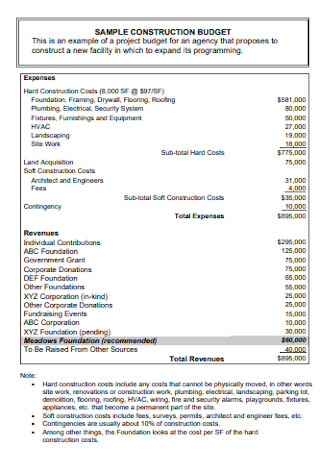
Sample Construction Budget Template
download now -

Construction Analysis Budget
download now -
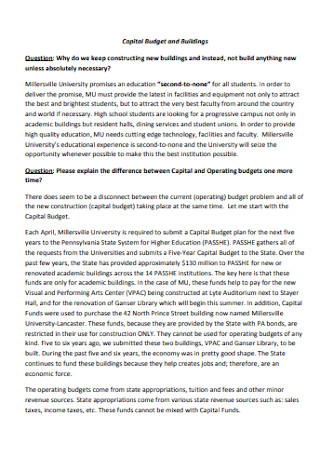
Building Capital Budget
download now -
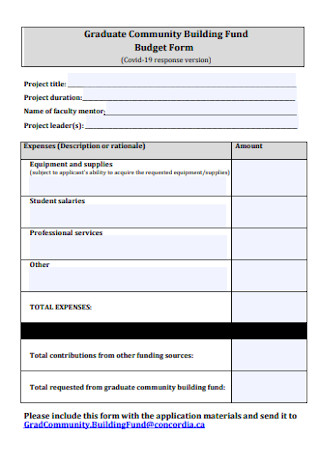
Building Construction Fund Budget
download now -
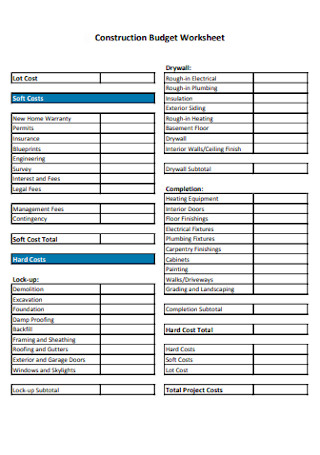
Construction Budget Worksheet
download now -
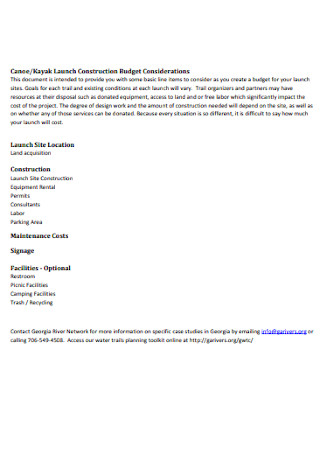
Construction Budget Format
download now -
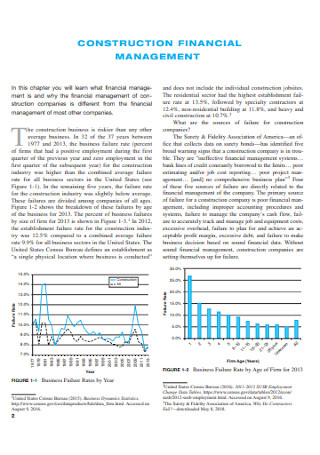
Construction Financial Budget
download now -
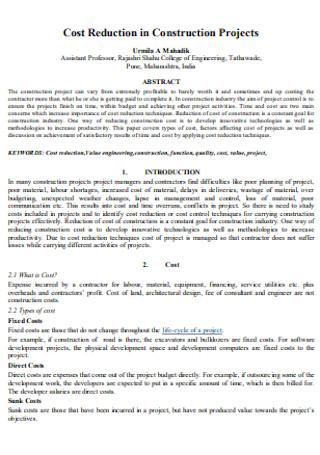
Construction Projects Budget
download now -

Project Budget for Community Education
download now -
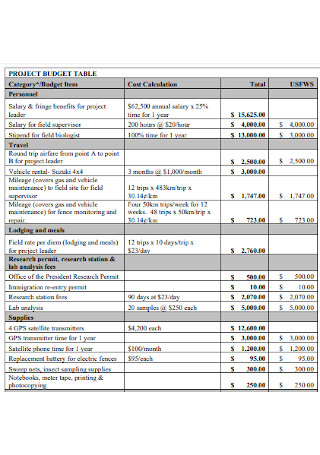
Project Construction Budget
download now -
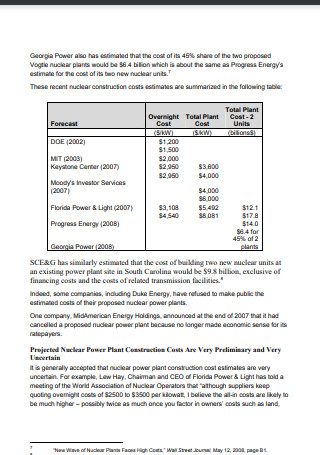
Power Plant Construction Budget
download now -

Factors Construction Budget
download now -
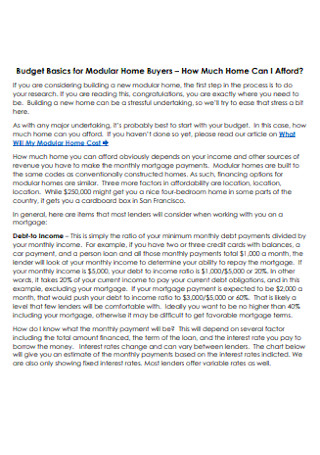
Basics Home Budget Template
download now -
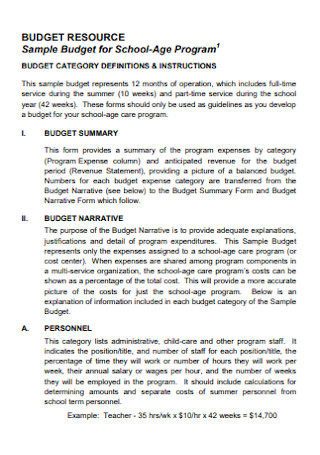
Home Budget for School Template
download now -
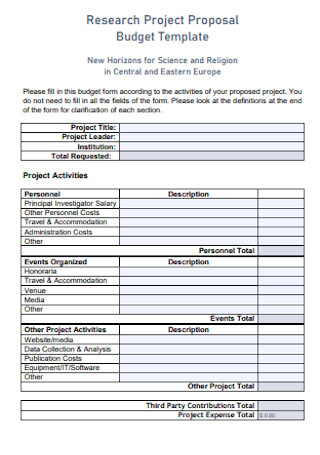
Budget Project Proposal Template
download now -
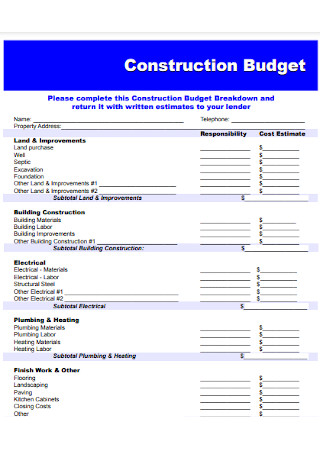
Bank Construction Budget
download now -
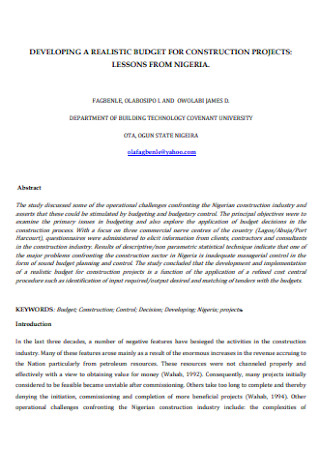
Construction Project Development Budget
download now -
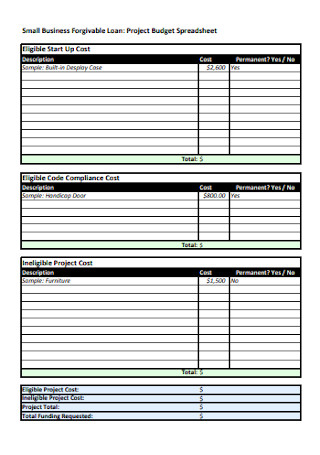
Project Budget Spreadsheet
download now -

Project Budget Summary Sheet
download now -
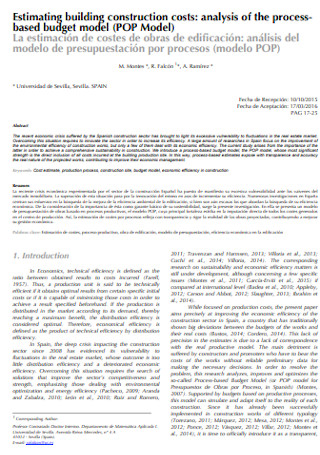
Estimating Building Construction Budget
download now -
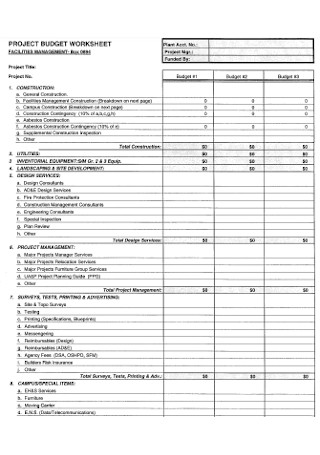
Project Budget Worksheet Template
download now -
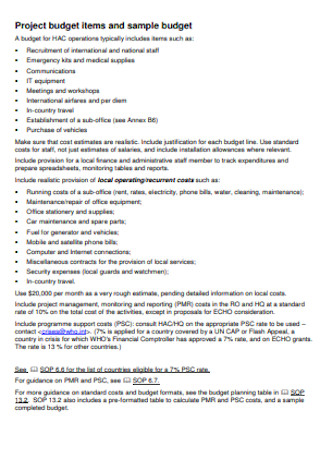
Poject Material Budget
download now -
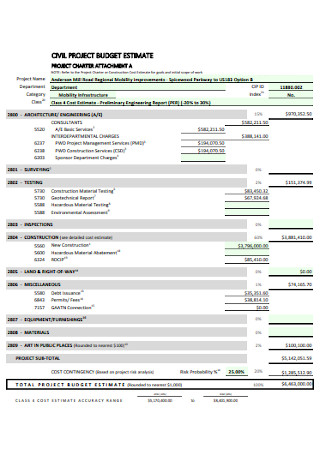
Civil Project Construction Budget
download now -

Project Schedule and Budget
download now -
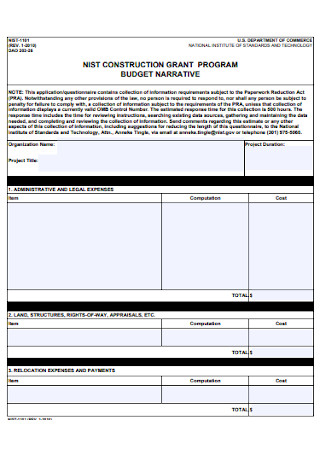
Construction Grant Program Budget
download now -
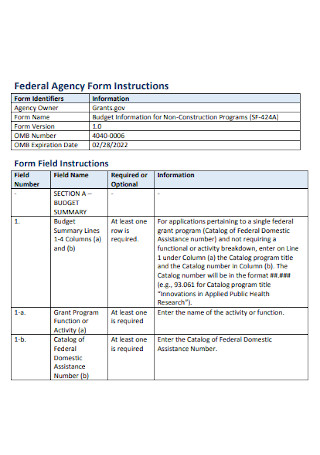
Budget Information for Non-Construction
download now -

Major Project Budgets
download now -
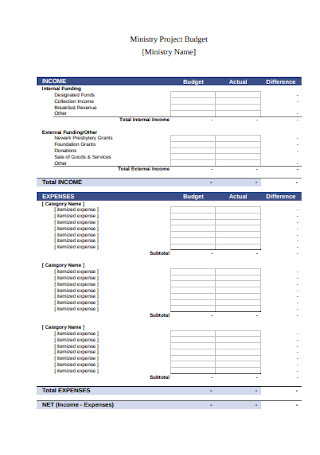
Ministry Project Budget Template
download now -
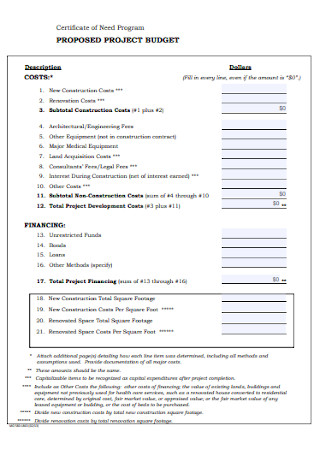
Proposed Project Budget Template
download now -
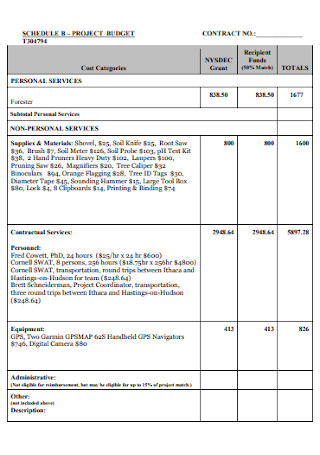
Project Contract Budget Template
download now -

Project Estimate Budget
download now -
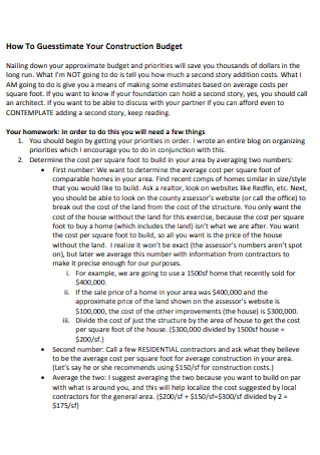
Guesstimate Your Construction Budget
download now -

Police Headquarters Project Budget
download now -
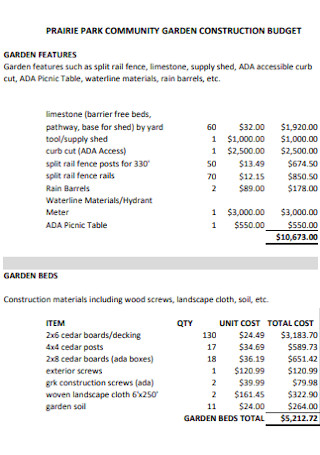
Park Construction Budget
download now -
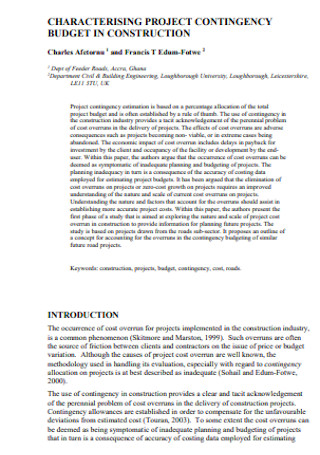
Standard Construction Budget
download now -
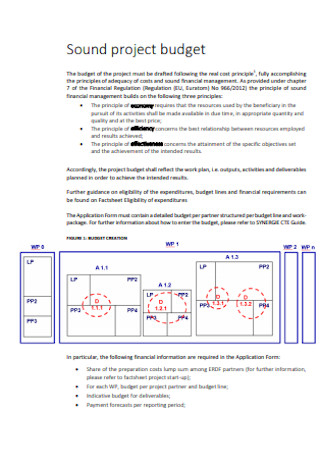
Sound Project Budget Template
download now -
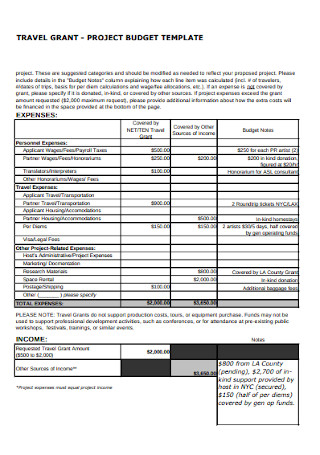
Project Grant Budget Template
download now -

Project Budget Form Template
download now -
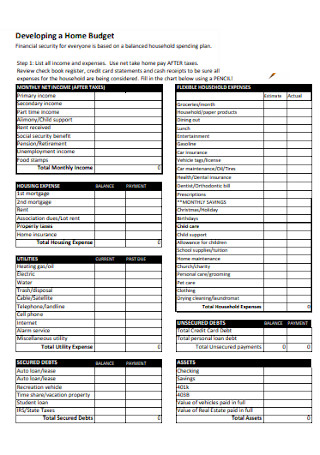
Sample Home Developing Budget
download now -

Household Monthly Budget Example
download now -
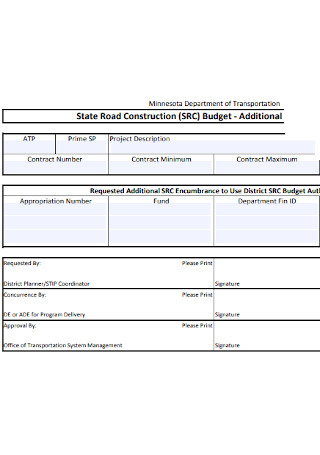
State Road Construction Budget
download now -
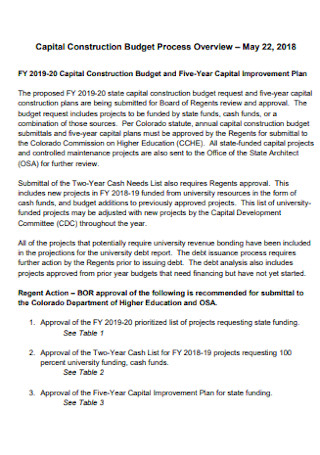
Capital Construction Budget
download now -
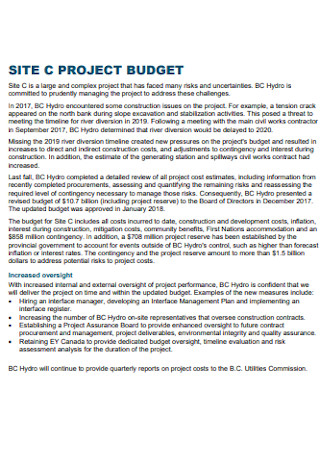
Site Project Budget Template
download now -

Site Construction Work Budget
download now -
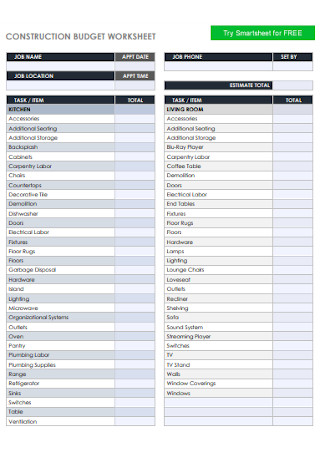
Sample Construction Budget Worksheet
download now -
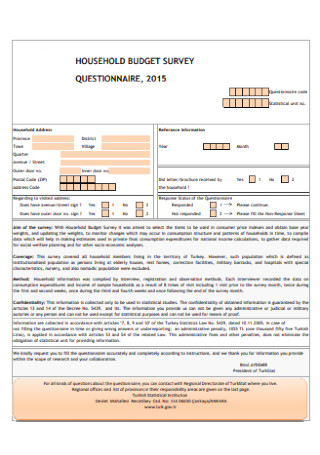
Household Survey Budget
download now -

Home Partnership Investment Budget
download now -
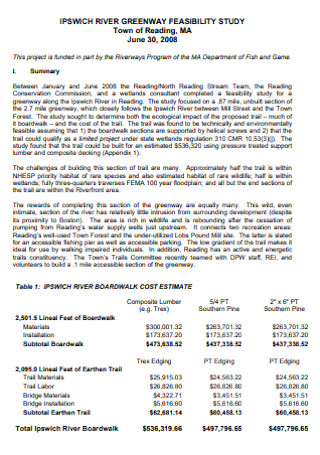
Town Construction Budget
download now -
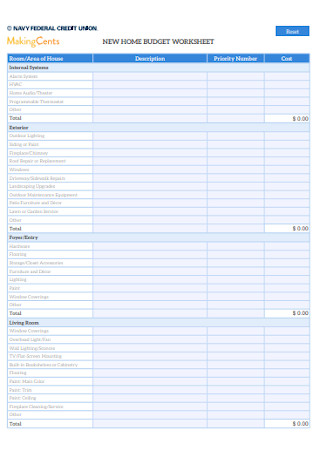
New Home Budget Worksheet
download now -
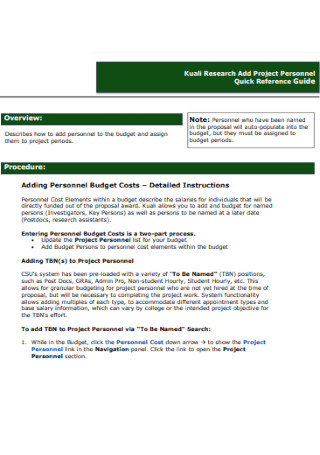
Project Personnel Budget
download now
FREE Construction Budget s to Download
50+ Sample Construction Budgets
Construction Budgets: What Are They?
The Different Elements of a Construction Budget
How to Make a Constructio Budget
FAQs
What are the different types of budget templates?
Why is budgeting important?
How do you control a construction budget?
Construction Budgets: What Are They?
A construction budget is a document that outlines the finances allotted for constructing or remodeling a building. Its primary intent is to anticipate all costs and expenses of the processes for the entire project. The construction budget is often tracked using a form or a spreadsheet.
Based on an article published by Statista, with spending over 1.29 trillion US dollars in 2018, construction remains one of the top revenue-generating industries globally.
The Different Elements of a Construction Budget
Before a construction budget comes through, there are several steps that need to be taken care of. Any project related to building infrastructure should undergo the assessment of projected income and expenses through the life of the project and the comparison with similar projects. It means that resources must be identified first before establishing a budget plan. Moreover, pre-design analysis or requirements and analysis of preliminary design options should also take place. Here are what a construction budget should include.
How to Make a Constructio Budget
Creating a construction budget can be tedious job. That is why we highly recommend using a template. The best thing about using a template is that you do not need to start from scratch. As one of it many benefits, our templates come in with suggested content that you can leave as is or modify to align with your goals. To start, browse through our website and discover a collection of ready templates. Here are the steps you should follow in making your construction budget.
Step 1: Use a Template
Before choosing a template, make sure you fully understand the process of a construction project. It helps you decide what template to use. To get a copy of the template, just click the download button. After that, you can go on the nest step.
Step 2: Modify Your Template
You can either work on the suggested content as it is or modify the template. But it is not what your budget should be all about. If you want it to be professionally-made, make sure to include all things necessary such as a list of expenses, allocation of each spending, date of spending, and so much more (refer to the elements above).
Step 3: Make It Simple
Money is a contentious matter. To be more effective at budgeting, make sure your construction budget is simple and easy-to-read. You should easily understand it by just looking at the content once or twice. Additionally, add tables, charts, or bar graphs to neatly organized the list and this will make things in order.
Step 4: Revise Your Budget
Before using the construction budget, make sure to review it first. Although you can make adjustments along with using the document, revising it helps avoid errors, especially with calculating the costs. After that, stick to the budget plan to achieve your financial goals.
FAQs
What are the different types of budget templates?
- Budget Worksheet Template
- Construction Budget Template
- Annual Budget Template
- Capital Budget Template
- Travel Budget Template
Why is budgeting important?
Budgeting is important because it helps you monitor your spending, sets your priorities, and paves a way towards achieving your financial goals.
How do you control a construction budget?
There are fives to control a construction budget:
- Use a construction management software
- Regularly update cost plan
- Consistently submit cost reports
- Prepare and review contingency plans
- Encourage project team to design within the cost plan at all stages
Operating a construction business does not only require skill sets of structural knowledge but also financial management. If you have a good budget plan, your business is more likely to achieve financial goals. For more budget templates, go to our website and get the chance to sign up for any of our subscription plans.
